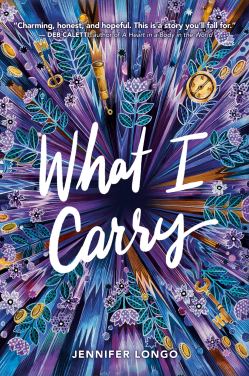 What I Carry by Jennifer Longo, 2020
What I Carry by Jennifer Longo, 2020
Recommended for grades 9 and up; realistic fiction
I was excited when this book came out back in January because I loved the author’s previous book, Up to This Pointe. Here’s a link to the blog post I wrote at the time. Not only was the subject matter meaningful to me, but I enjoy Longo’s writing style. In my opinion, Up to This Pointe didn’t get nearly the amount of critical acclaim that it deserved. What I Carry has fared a little better, earning multiple starred reviews. But again, I feel like it deserves more attention than it’s gotten. So far, it’s my favorite YA book of 2020.
Muiriel is seventeen years old and about to age out of the foster care system. For most of her childhood, she’s followed a very specific personal philosophy of self-reliance, minimalism, blending in, and never staying in the same place for very long. This year, though, her social worker Joellen wants her to stay in the same placement for the whole academic year. Muiriel’s good grades and flawless behavioral record mean that she’s on track to succeed in life, despite the financial difficulties that inevitably come with aging out of the system. But her college prospects won’t be very good if she has to switch schools in the middle of her senior year. Secretly, Muiriel isn’t planning on going to college anyway. But she reluctantly agrees to do her best to stay in one home for the one year she has left.
Still, Muiriel doesn’t believe in putting down roots anywhere, so it’s almost a bad thing that her new home turns out to be so perfect. Her foster mother Francine gives her plenty of freedom and, as Muiriel quickly discovers, is sympathetic to all the hardships of life in the foster care system. Muiriel lands her dream job as an intern at an environmental education center, where she gets to walk around the woods and talk to elementary school groups about “wilderness ethics”. Muiriel idolizes her namesake, nineteenth-century naturalist John Muir, so “wilderness ethics” are her passion, and she loves working with kids. Also, almost against her will, she quickly makes two close friends, Kira and Sean. The only real problems in Muiriel’s new life are the mean-girl clique-of-two at school and a creepy coworker. Later, Muiriel successfully stands up to both of them, despite her personal policy of avoiding conflict at all costs. (That record of perfect behavior depends upon invisibility)
Much of the book revolves around the development of Muriel’s various new relationships. Francine ends up being like a mother to her after all, and Muiriel particularly bonds with the dog. She predictably falls in love with her friend and environmentalist coworker Sean, and there are a few sweet passages just about their romantic dates. Kira and Muiriel develop a friendship based upon mutual vulnerability and supportiveness. Meanwhile, Muiriel is keeping tabs on Zola, a girl she knew from her previous foster home. For most of the book, Zola seems like a fairly inconsequential minor character, but she ends up playing a pivotal role towards the end of the book when Muiriel puts her perfect record on the line to stand up for Zola.
Like many YA novels about high school seniors, the book ends with everyone figuring out the details of their own respective bright futures. In Muiriel’s case, this bright future looks very different from what she’s had in mind for the last several years. She’s undergone a lot of character development. In particular, she’s come to the realization that sometimes, it’s okay to rely on other people, if only because you care about them and want to keep them in your life. Sometimes, it’s even okay to risk your perfect reputation for the sake of helping the people you love. In other books by other authors, this positive life lesson would usually come across as being overly sappy, but in this book, it’s genuinely encouraging and uplifting.
Throughout the narrative, there are occasional passages that describe certain items Muiriel has squirreled away before leaving her numerous past foster homes. These secret treasures go against Muiriel’s personal rules about packing light and having minimal possessions, and she acknowledges that John Muir, who had the same personal rules, would disapprove. In fact, since she technically stole each of these items, they also break her rules about never doing anything that could tarnish her reputation. Muiriel can’t fully explain why she feels the need to carry these random items with her, but most readers will pick up on the fact that these items have significance beyond their practical purpose. Deep down inside, Muiriel does attribute value to objects based on how she acquired them. The passages describing these items gradually reveal episodes from Muiriel’s past and elements of her personality and mindset that she doesn’t always even consciously realize.
I really enjoyed the writing and the character arcs in this book and would highly recommend it to teenagers who like realistic fiction. Some of the characters are more believable than others, (Sean and Francine in particular are too perfect to be realistic) but all of the main characters are so likable that this is the kind of book that leaves the reader feeling happy for the characters’ accomplishments and sorry for their hardships. Besides, this is a book that makes some meaningful points, not only the central messages about dependence and independence, but also about self-discovery, fitting in, planning your future, and, of course, Muiriel’s favorite topic, the role of humans in the natural world. Many of these topics are universally relevant for teen readers.
This book is also a poignant commentary on the foster care system. Muiriel herself has not been the victim of any especially egregious abuses of the system, but her story shines some light on the harmful misconceptions that many people have and the difficulties of life without a permanent family. The author’s note reveals that Longo’s own daughter used to be a foster child before Longo adopted her, and that Muiriel’s story is inspired and informed by interviews with numerous other people who are or used to be foster children. It’s a topic that only recently has been discussed in literature for young readers. I think it’s an important one, both for people whose life stories are similar to Muiriel’s, and for people who have never experienced foster care and wouldn’t otherwise know anything about what it’s like.
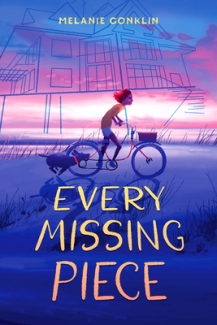 Every Missing Piece by Melanie Conklin, 2020
Every Missing Piece by Melanie Conklin, 2020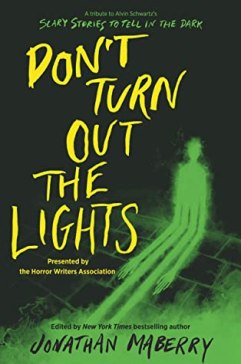 Don’t Turn Out the Lights: A Tribute to Alvin Schwartz’s Scary Stories to Tell in the Dark edited by Jonathan Maberry, 2020
Don’t Turn Out the Lights: A Tribute to Alvin Schwartz’s Scary Stories to Tell in the Dark edited by Jonathan Maberry, 2020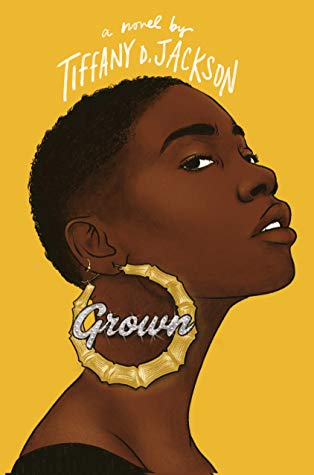 Grown by Tiffany D. Jackson, 2020
Grown by Tiffany D. Jackson, 2020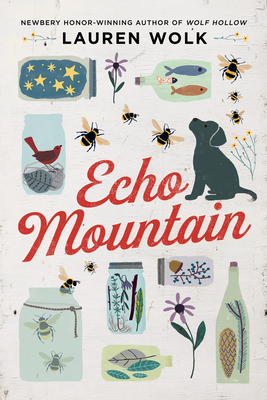 Echo Mountain by Lauren Wolk, 2020
Echo Mountain by Lauren Wolk, 2020